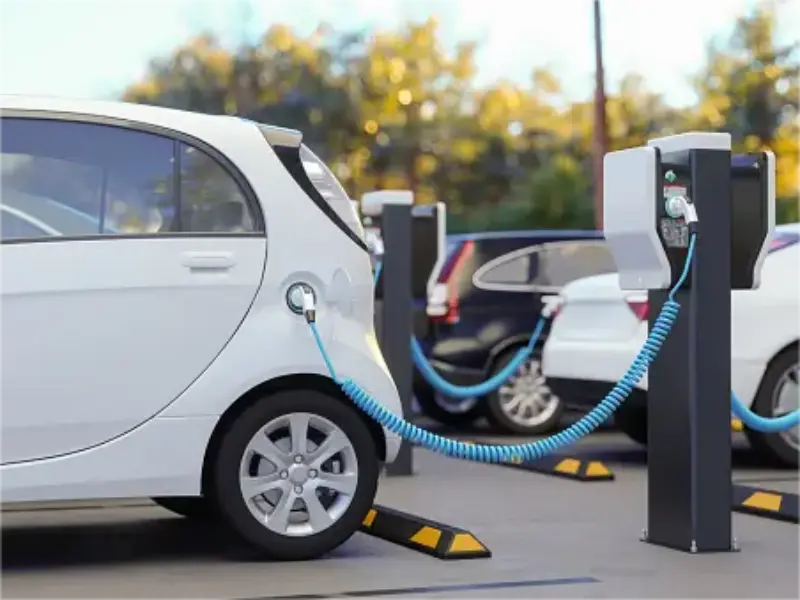- Level 1 chargers are ideal for overnight charging and minimal daily commuting, and plug directly into standard household sockets.
- Level 2 chargers support faster charging and are suitable for home and public use, requiring a 240V installation.
- DC fast chargers provide fast charging along the route, which significantly reduces charging time on long journeys.
Electric vehicles (EVs) have emerged as a sustainable alternative to traditional internal combustion engines, with the promise of reduced environmental impact and innovative mobility. An integral part of the EV ecosystem is the variety of charging options available to owners. These chargers vary in terms of charging speed, infrastructure requirements and accessibility, and therefore affect the practicality and convenience of EV ownership.
There are different levels of charging: Level 1, Level 2 and Level 3. The higher the number, the more powerful (and faster) the charger should be. Which one you can use depends on the type of EV you want to charge and its ability to accept the power supply.
Types of EV chargers
Level 1 chargers: Level 1 chargers are the most basic charging option, using a standard 120-volt AC socket, similar to those used for household appliances. They are usually included with the purchase of an EV and require no special installation. The charging rate for Level 1 chargers is the slowest of the types, typically providing 4 to 5 miles of range per hour of charging. This rate is suitable for overnight charging or for EV owners who drive short distances every day.
Level 2 chargers: Level 2 chargers operate on a 240-volt AC supply and are a significant step up in speed from Level 1. These chargers can be found in both domestic and public charging stations. Depending on the specific model and vehicle compatibility, they offer faster charging speeds and a range of approximately 12 to 80 miles per hour. Level 2 chargers are ideal for everyday use, significantly reducing charging time and enabling quicker turnarounds.
DC fast chargers (DCFC):DC fast chargers, or Level 3 chargers, offer the fastest charging solution available for electric vehicles. They operate on industrial-grade three-phase power and are primarily installed in public charging stations along motorways or in city centres. These chargers can provide a 50-90% charge in just 20-30 minutes, making them ideal for long-distance journeys and quick recharging. However, their high installation and running costs mean they are less common than Level 1 and Level 2 chargers.
Also read: 7 top players in EV charging world
Also read: Is the electric vehicle charging station business profitable?
Installation and accessibility of EV chargers
Installation of Level 1 chargers requires minimal set-up as they plug directly into existing household sockets. This ease of use makes them a popular choice for new EV owners.
Installing a Level 2 charger typically requires a professional electrician to upgrade the outlet to a 240-volt outlet. Homeowners often choose to install these chargers in their garages, but they can also be found in office building parking lots and at public charging stations.
DC fast chargers are more complex and expensive to install and require access to industrial-strength power sources. They are most commonly installed by businesses or government agencies looking to support EVs on main roads or in large public car parks.
Each type of EV charger has different advantages and limitations that affect its suitability for different users and scenarios. As the EV market continues to develop, the infrastructure for these charging options is expected to expand, thereby further facilitating the adoption of electric vehicles worldwide.

